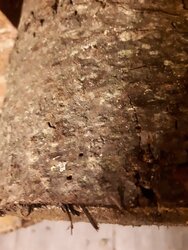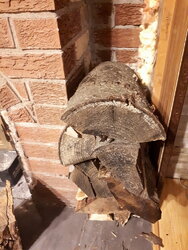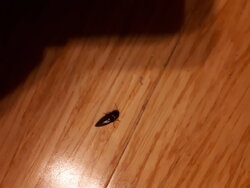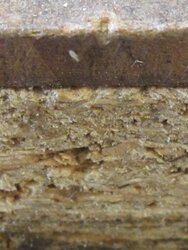I found some bugs. this one is harmless https://en.wikibooks.org/wiki/Wikijunior:Bugs/Woodlouse
The other i think is a harmless beetle. i took a photo of it.
*EDIT
After warming the wood with tiny holes I ripped off some bark to reveal small bugs underneath. they appear mildy transparent. This cant be good so I took the suspect wood back outside.I found a video online that shows the bug.
Ill do some research later to fins things out....just too busy at the moment so looking for help here.
My other wood (different kind of wood) is not infested with holes and has no bugs under the bark.
what do you guys think and what do you do to control harfmul wood eating bugs from entering the house....I cant get a good photo they are too small.
should i just throw out the bad wood? I am not sure of the type of wood.
The other i think is a harmless beetle. i took a photo of it.
*EDIT
After warming the wood with tiny holes I ripped off some bark to reveal small bugs underneath. they appear mildy transparent. This cant be good so I took the suspect wood back outside.I found a video online that shows the bug.
Ill do some research later to fins things out....just too busy at the moment so looking for help here.
My other wood (different kind of wood) is not infested with holes and has no bugs under the bark.
what do you guys think and what do you do to control harfmul wood eating bugs from entering the house....I cant get a good photo they are too small.
should i just throw out the bad wood? I am not sure of the type of wood.
Attachments
Last edited:





